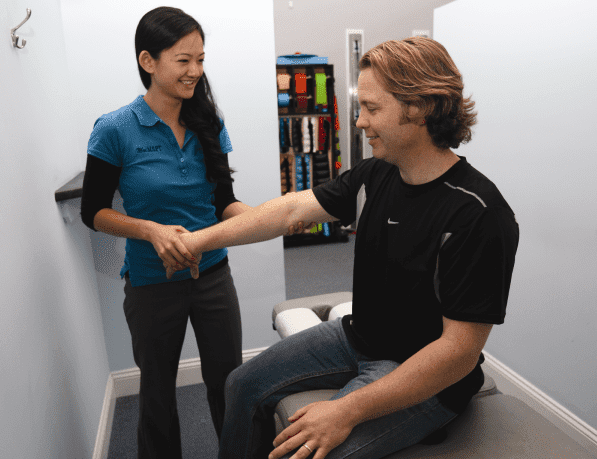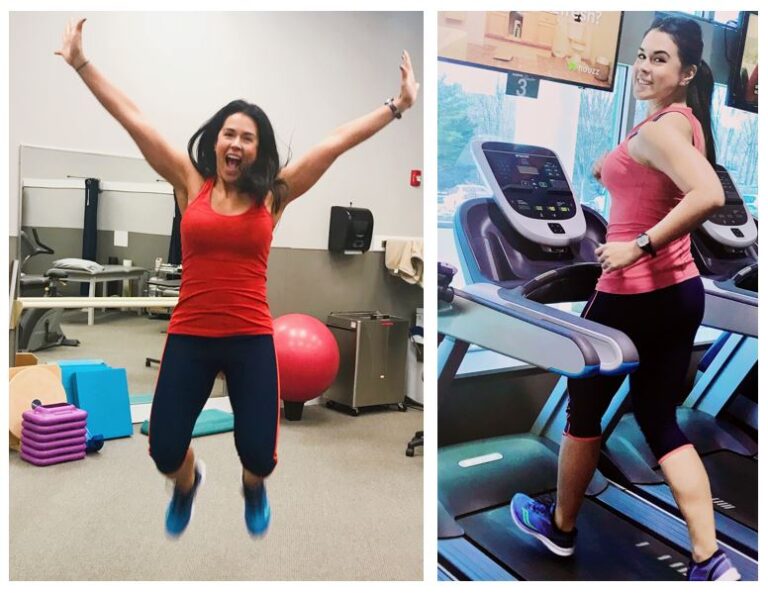By Saralyn M. Switzer, PT, DPT, Doctor of Physical Therapy
Since the summer has ended and fall is here we remember how much we enjoyed the warm weather and being in the pool. Many people are more active in the summer since everyone enjoys going outside walking on the boardwalk or in the park, running, biking, swimming, hiking, and other outdoor activities. This active pace is hard to carry over into the colder, winter months once we are forced indoors more. The time is rapidly approaching when we will not want to exercise outside and we must start thinking of fun indoor alternatives. Swimming and pool exercise can be performed in an indoor pool to continue the benefits of this activity year-round.
Pool exercise:
- increases endurance by doing continuous cardiovascular exercise in the water
- builds strength due the constant resistance from the water
- is conducive to relaxation and promotes flexibility by using the buoyancy of the water that lessens the weight of gravity on the joints
- improves circulation by using the water pressure to help the fluid in our arms & legs return easier to our heart
- improves balance
- improves chronic pain conditions, joint pain, and back pain
With all these benefits, who wouldn’t want to get in the pool this winter?
Now that you want to exercise in the water, what type of exercise can you do? As with any exercise program, aquatic exercise should focus on increasing endurance, strength, and flexibility.
Endurance or cardiovascular exercise can include walking in the water, kicking across the pool with a kick board, and doing cycling while floating on a noodle, or good old-fashioned laps
Strengthening exercises include standing at side of pool doing leg kicks backward, sideways, and forward on each leg; squatting at the side of the pool; leaning your back against side of pool and squatting so your shoulders are under water then pushing and pulling the kick board like you are making waves without letting your body come off the wall.
Flexibility can include traditional stretches performed in the water such as a runners calf stretch standing at the side of the pool facing the wall with one leg back, or hamstring stretch with one foot up on the step or ladder in the pool. The best part of stretching in the water is using the buoyancy ability to float. This can be done by using noodles to help you float and move through more motion until a stretch is felt. To stretch your hip, put one noodle under your arms to float and then put another under one knee while the opposite leg hangs down. Other types of flexibility exercise can be tai chi or yoga poses adapted for the water.
These are just some examples of many different types of water exercises. What you choose will depend on your fitness level and comfort with the water. Many community pools offer water exercise classes to help get you started. Local colleges or universities may offer pool membership to the community. Also, physical therapists and personal trainers who specialize in aquatic exercise can help you develop an aquatic exercise program that is right for you. So, keep that bathing suit out for the winter and start swimming!
*Before starting any exercise program including aquatic exercise, clearance by your medical doctor is important. Remember, swimming or exercising in a pool with a life guard is the most important safety rule of water exercis
Photo Credit: Royal Challengers Bangalore





